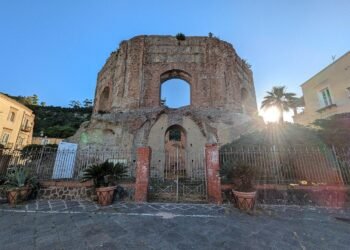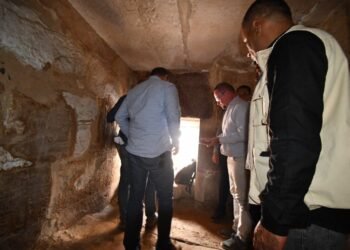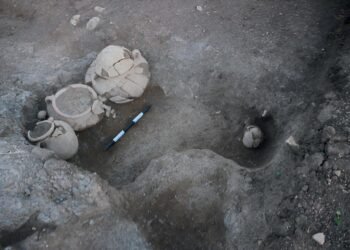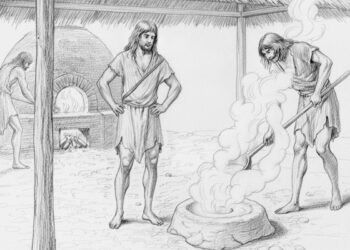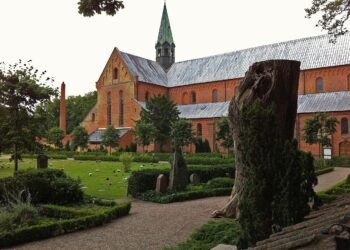According to Live Science, archaeologists discovered the remains of a 4,500-year-old temple dedicated to the Egyptian sun god Ra at the site of Abu Ghurab, about 12 miles (20 kilometers) south of Cairo.

The temple was constructed sometime during the fifth dynasty of ancient Egypt (circa 2465 B.C. to 2323 B.C.) — a “period in which the cult of the sun reached its apex with the construction of a new type of monument specifically devoted to the sun god, commonly known as ‘Sun Temple,'” said Massimiliano Nuzzolo, co-director of the archaeological dig and researcher at the Institute of Mediterranean and Oriental Culture of the Polish Academy of Sciences in Warsaw. He co-directs it with Rosanna Pirelli of the University of Naples “L’Orientale”.
It is thought to have been run by a powerful religious “cult” dedicated to the Sun god – Ra. Later, Ra merged with Amun, the supreme god of Thebes, to form Amun-Ra, who was regarded, at least by some Egyptians, as being the most powerful of the Egyptian gods.
He was worshiped until around 1,500 years ago, when Egyptian polytheism became extinct.
The temple was ritually demolished, maybe before it was completed, so that a new stone sun temple could be built on the site for a pharaoh named Niuserre (reign circa. 2420 B.C. to 2389 B.C.). Niuserre “reused part of the structure as a platform or subfoundation for his new temple,” Nuzzolo said.
The archaeologists discovered two artifact deposits, one of which has dozens of undamaged beer jars and a few finely made and red-slipped vessels, and the other of which contains seal impressions, including the seals of pharaohs from the fifth and sixth dynasties.
Prof Nuzzolo continued, “We know almost nothing about the religious rituals carried out in the sun temples.” We also don’t have enough information to know what the daily life of the people living around these temples.
He added: a “very small part” of the mud brick sun temple was discovered by 19th-century German archaeologists. Between 2019 to 2022, the latest excavation uncovered the rest of the temple.
You can find out more about the dig on the team’s website



